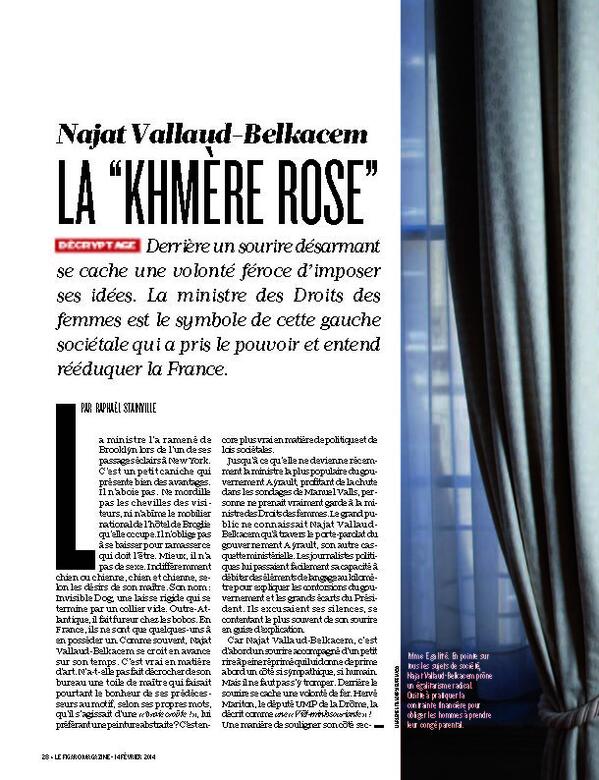
And yet what is feminism? Nicole-Claude Mathieu offers a definition of feminism that she describes as minimal:Īn analysis conducted by women (that is, beginning from a minority experience) of the mechanisms of the oppression of women as a group or class by men as a group or class, in different societies, and the willingness to act to end it.

I thus propose to link up the two poles of the matrix provided by this issue, Transformations without Revolutions? How Feminist Movements and LGBTQI Changed the World that is to say, I propose to assess the key role that continuous transformations play in keeping a revolutionary project alive.Īs noted by the Dialogo del SIMposio organizers, “the concept of revolution usually refers to radical change in institutional and political structures.” This is certainly the most common way of defining revolution, and if we adhere to this definition it may appear difficult to consider feminism to be revolution. Indeed, as I will demonstrate through several examples involving abortion, the contestation targeting these struggles often reduces their effectiveness. In this article I use specific examples (abortion and female sterilization) to argue that struggles for sexual and reproductive rights have represented or do represent a transformative force in women’s material lives furthermore, I show how these struggles can be understood as a permanent revolutionary project that is incomplete and contested and thus brings about a form of transformation that is subject to continual attack. And I have concluded that, in this specific field and geo-political region, feminism is indeed a revolution that aims to bring about certain transformations.

1 In a previous moment of dialogue and exchange 2 I sought to establish whether the concept of revolution might aid us in understanding the incisiveness of the trajectories taken by feminist struggles for sexual and reproductive health in Latin America. A reflection on the relationship between the concept of revolution and feminist and LGBTQI politics raises a series of questions that provide a stimulating framework for tracing the trajectory of struggles and debates on sexual and reproductive rights in Latin America.


 0 kommentar(er)
0 kommentar(er)
